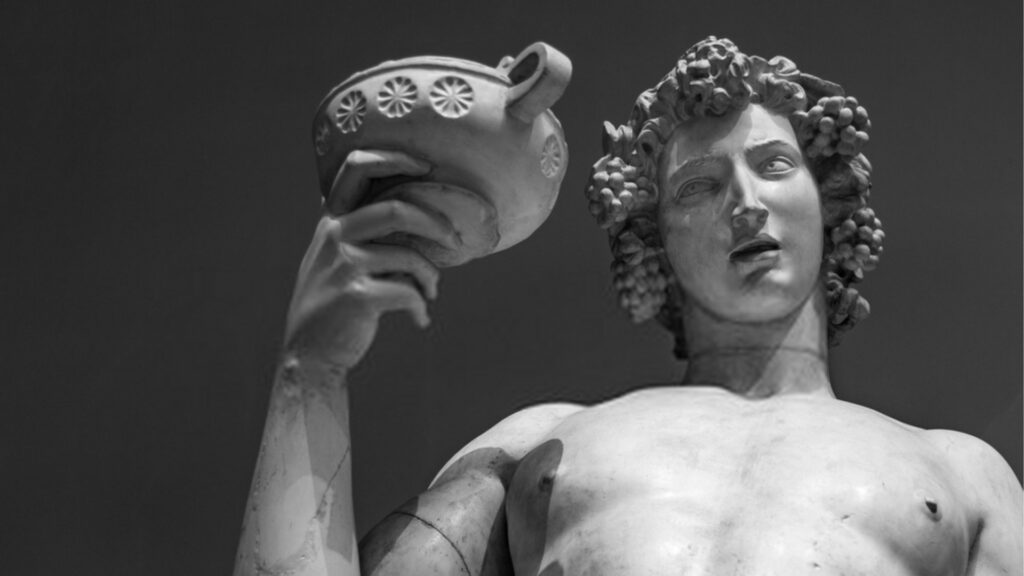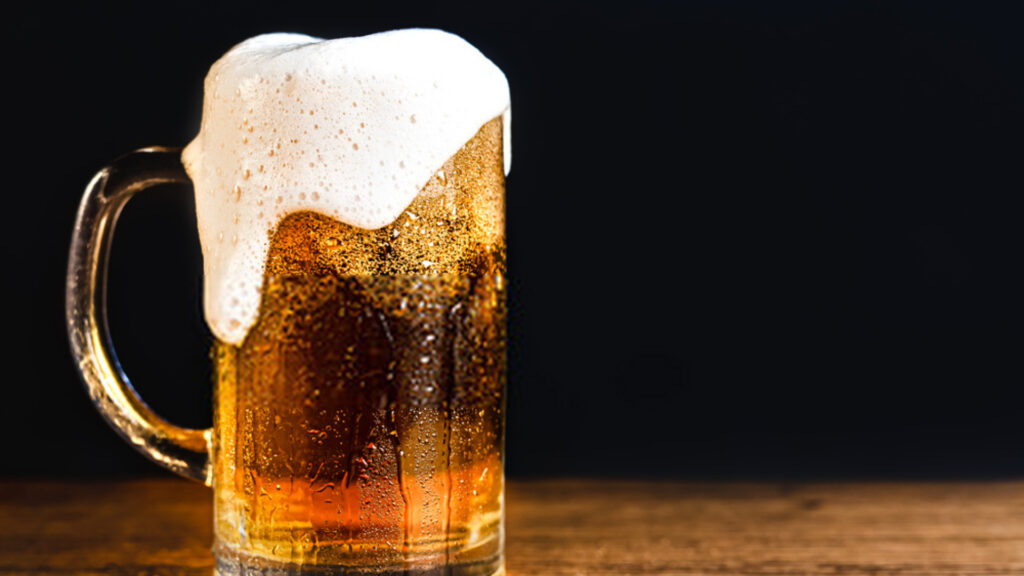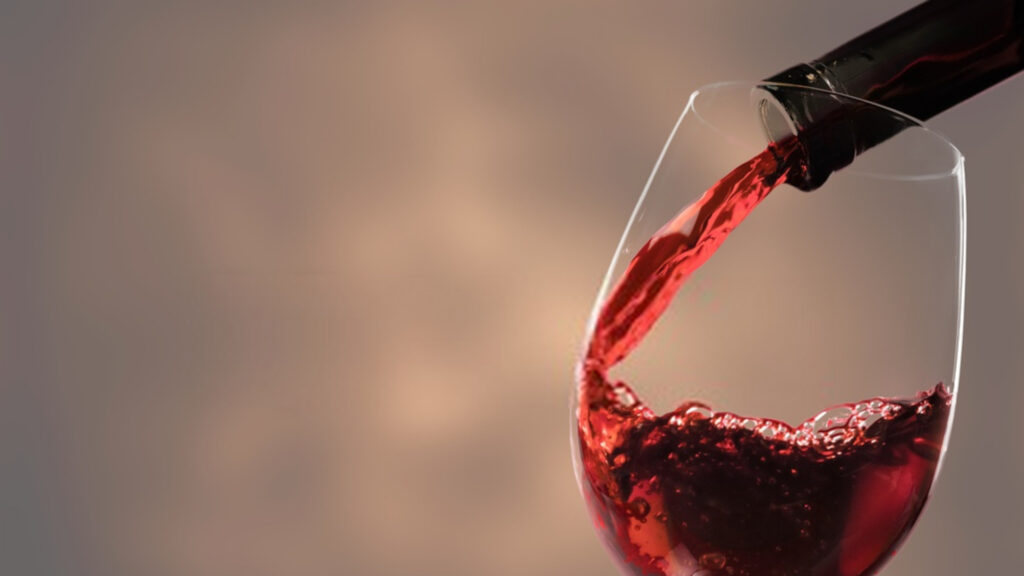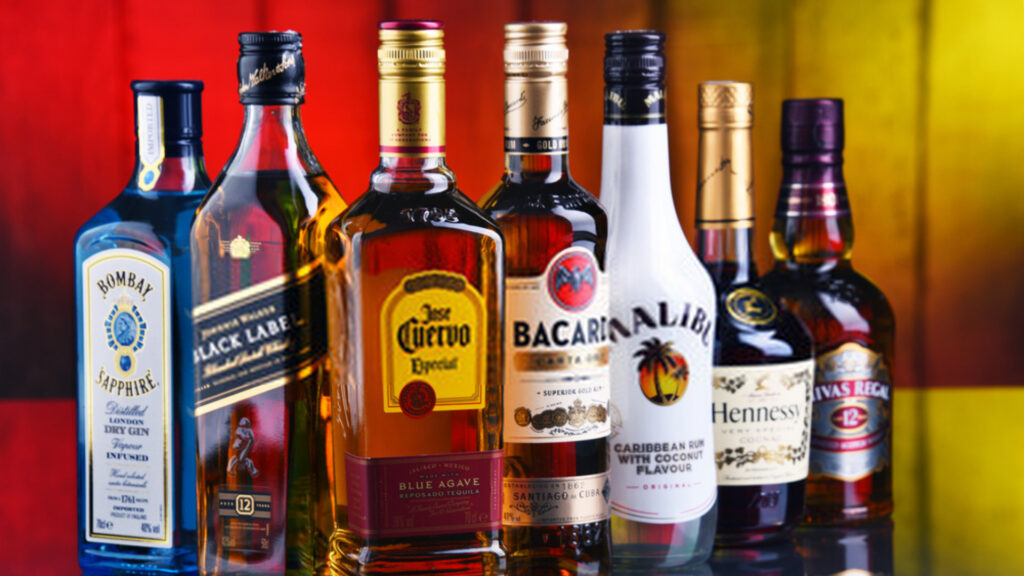How is alcohol made?
From ethanol to industrial alcohol, there are several types of alcohol. The most common type of alcohol is ethanol. Also known as ethyl alcohol. There are several other categories, such as alcoholic products and industrial alcohol, which are used in household products, cosmetics, and several other products.
Also read: Studies showed that Elderberries block the flu virus from attaching to and entering human cells
Who invented alcohol? The history of alcohol

There is a story about a chimpanzee who found some overripe plums. Many of them had split open, and their intoxicating fruity colors drew the chimpanzee to these plums. The chimp ate them all. Then the chimpanzee began to experience some strange effects. That chimp has accidentally met with a process that later on time, humans eventually harness to create beer, wine, and other alcoholic drinks.
The sugars in overripe fruits attract microscopic organisms known as yeast. Yeast feed on the fruit sugars, and then they produce a compound called ethanol. It is the type of alcohol in alcoholic beverages.
This process is fermentation. But nobody knows the exact time when humans began to create fermented beverages. But the earliest known evidence comes from 7,000 BCE in China. Residue found in clay pots revealed that people were making an alcoholic beverage using fermented rice, millet, grapes, and honey. After a few thousand years, cultures all over the world were fermenting their drinks.
Ancient Mesopotamians and Egyptians made beer throughout the year from stored cereal grains. This beer was available to all social classes, and also workers even received it in their daily rations. Egyptians and Mesopotamians also made wine, but the climate wasn’t ideal for growing grapes. So, it was a rare and expensive delicacy.
By contrast, in Greece and Rome, where grapes grew more quickly, the wine was as readily available as the beer was in Egypt and Mesopotamia.
Because yeast will ferment any plant sugars, ancient people made alcohol from whatever crop, and plants grew where they lived.
In South America, people made Chicha from grains. Sometimes they add hallucinogenic herbs. In Mexico, Pulque, made from cactus sap, was the drink of choice, while east Africans made banana and palm beer. And in the area now Japan, people made Sake from rice. Almost every region of the globe had an alcoholic beverage.
As alcohol consumption became a part of everyday life, some authorities latched onto effects they perceived as positive. Greek physicians considered wine to be good for health, and poets saw their creative qualities. Others were more concerned about alcohol’s potential for abuse.
Greek philosophers promoted temperance. In the past, Christians and Jewish people in Europe included wine in rituals but considered excessive usage a sin. In Africa, Spain, and the Middle East, Islamic rule against praying while drunk gradually solidified into a general ban on alcohol.
Ancient fermented drinks had low alcohol content at about 13% alcohol. The by-products that yeast generates during fermentation, become toxic and kill them. When the yeast dies, fermentation stops, and the alcohol content level becomes stable. For thousands of years, limited alcohol content on those drinks.
That changed with the invention of a process called distillation. 9th-century Arabic writings describe when fermented liquids boil, the alcohol in them evaporates because alcohol boils at a lower temperature than water, so it evaporates first.
If you capture this vapor, cool it down, and what you get is liquid alcohol. It is much more concentrated than any fermented beverage. At first, these stronger spirits were used for medicinal purposes. Then Spirit becomes a vital trade commodity because, unlike beer and wine, they didn’t spoil.
Rum made from sugar harvested in European colonies in the Caribbean became a staple for sailors and traded to North America. Europeans brought Brandy and Gin to Africa and sold them for enslaved people, land, and goods like palm oil and rubber. Spirits became a form of money in these regions.
During the age of exploration, spirits played a crucial role in long-distance sea voyages. Sailing from Europe to East Asia and the Americas could take months. And keeping freshwater for the crews was a challenge. Adding a bucket of water Burrell keeps water fresh longer because alcohol is a preservative that kills harmful microbes.
By the 1600s, alcohol went from giving animals a buzz to fueling global trade and exploration along with all their consequences. As time went on, its role in human society would only get more complicated.
Beer – How was it made?

Fermentation is the process that creates beer. To make beer we only need 4 basic components. They are Grain (Barley and Wheat), Water, Yeast, and Hops.
Different types of these components mixed in different ratios can give each beer a distinct flavor. And there are also different ways to do beer brewing. But the general and most common method is as follows.
The first step of making beer is cooking grains in water which produces a mix called the Mash. The heat activates enzymes within the grains and begins to break starches down into simple sugars.
Different grains are used for different kinds of beer. Dark roasted grains use for darker heavier beer like Stouts. Light grains are used for light beers, such as Wits and Pilsners.
After they’ve been cooked down. The grains were removed from the pot. And the remaining liquid boiled. At that point, the mixture is called the Wort. and during this step the primary favoring element, Hops are added to the liquid.
Hops are actually flowers, harvested from a climbing Vine called Humulus Lupulus. And beers are always flavored with herbal mixtures. Adding hops to beer helps balance the sweet flavor from the grains with an acidic kick. And helps to keep it from spoiling.
Hops produce antibacterial compounds called Alpha and Beta acids. Which helps to keep the beer free of bacteria and support the growth and survival of the yeast. These acids mainly give beer its distinctive bitterness. But different varieties of hops can also give beer Citrusy, Floral, and even Piney notes.
After the boil, the liquid is cooled to prevent bacterial contamination and oxidation, which can change the taste of the beer. And after that, the yeast is added to begin the fermentation process.
In this case, yeast is a particular variety called (Saccharomyces Cerevisiae). It is a microscopic single-celled fungus. Yeast relies on sugars for energy. So they eat up the sugars for energy. So they eat up the sugar in the Wort and spit out carbon dioxide and ethanol as waste products. The carbon dioxide is why the liquid bubbles and the ethanol is why there is alcohol in beer.
During the primary fermentation, yeast does all the work. All that waste carbon dioxide is allowed to escape the container while the ethanol is left behind.
After two weeks most of the sugar has been consumed and most of the yeast is dead. In some cases, the beer is transferred to bottles with a small amount of sugar to help fuel the remaining yeast through the last step, the secondary fermentation.
In the secondary fermentation, the beer is tightly capped, and the carbon dioxide and ethanol produced within the container are preserved. It turns the liquid inside into the fizzy, intoxicating beverage that so many of us love.
Fact: Did you know that if you distill beer, you create Whiskey. Because they are made from the same ingredients. If you remove some of the water from beer by heating it until it becomes gas and then cooling it until it is a liquid again, the concentrated alcohol that remains is whiskey.
Wine

Winemaking is similar to making beer in a lot of ways. Instead of grains, people use fruits to make wine. Different varieties of grapes, and how they make them, can affect the flavor of the wine.
First, the grapes are crushed. In the past, people used to stomp on the grapes in big tubs. But now it’s done using specialized mechanical crushers. And the resulting mixture of grape skins, pulp, and juice is called the Must. whether the wine is red or white usually depends on this step.
White wines are often made from green grapes, and red wines are made from purple grapes. But the color of the grape doesn’t always determine what type of wine it will be.
Purple grapes can be used to produce both kinds of wine leaving the skins of the dark grapes sitting in the Must will lead to red wine while separating the juices from the skins and pulp quickly, which will lead to white wine.
Those dark grape skins also contain Tannins. It is a compound that is called polyphenols in chemistry. They are made of lots of connected rings of carbons attached to oxygen and hydrogen.
These compounds give red wine its characteristic dryness, and red wines age well, smoothing and mellowing the flavor over time.
And the key component in turning the grapes into wine is the presence of yeast. In the past, naturally occurring wild yeast on the grapes, mashed into the Must. but now, winemakers sterilize the Must and add their own specifically – selected yeast for better control over the flavor.
The yeast converts the grapes’ sugars into ethanol and carbon dioxide. And after fermentation, the yeast is killed off or filtered out and the liquid is clarified to remove particles that might affect the taste or appearance of the wine.
The wine may then be aged in wooden barrels for a few months to a few years, which gives the drink more flavors. And finally, it is bottled out and shipped off to consumption.
How do we make hard liquor?

High alcohol content beverages like vodka and whiskey require an additional step called distillation. It is a process of deliberate evaporation, cooling, and condensation that produces purified liquid as mentioned earlier in this article.
As mentioned earlier in this article, ethanol has a lower boiling point than water. So it turns into a gas at a lower temperature than water does. Taking advantage of this creates hard liquor.
Hard liquor making also begins with fermentation. But depending on the liquor, different fruits, grains, and starches can be used to create this initial brew.
Potatoes are generally used to make vodka, bourbon is made from corn, Rum comes from sugar canes, and Tequila is made from Agave.
The yeast gobbles up all of that sugar and produces ethanol and carbon dioxide. But the liquid has a low alcohol content of around 10-15%. So to get the Spirit from the liquid, we have to purify some of the content to give it a higher alcohol content.
The fermented liquid is transferred to the Still, where it is heated inside the pot until the components with lower boiling points begin to boil off. As the solution vaporizes, the temperature is increased very slowly, pushing other compounds to boil at the appropriate temperature.
The boiled off vapor rises to the top of the pot and passes into a part called the distillation column. In there specialized plates cool the vapor and cause it to condense and drop back into the pot.
This gives distillers precise control over the spirits as they pass up through the column, allowing them to make adjustments to the contents and flavor of the drink.
The compounds with the lowest boiling point can reach the top of the column and pass into the Lyne’s arm, It is a horizontal pipe that condenses the vapor back into a liquid so it can be collected.
This distillate is collected in stages, with each stage kept separated by its boiling points. The first portion of the distillate is called the heads. Heads contain the most volatile compounds. It is the liquid with the lowest boiling point. These include acetone and esters, and small amounts of these compounds are saved to add flavor to the final project.
The second portion of the distillate is called the heart and it is the most important part because it contains all of the intoxicating ethanol. So the heart is collected and then mixed with some of the heads. And usually modified until it reaches the desired flavor.
Some of the modifications involve flavoring the liquid directly, like adding berries to Gin. they can also involve redistillation which is passing the distillate through all over again. And also hard liquors can be modified through aging.
Bourbon aged in newly cut and freshly-charred oak barrels, imparting a rich, smoky flavor to the drink. And scotch is aged in used barrels like barrels that have been previously used for aging bourbon or sherry.
Different varieties of the same kind of spirit can age for different amounts of time too. White, Blanco tequila isn’t aged. But, reposado rested tequila aged in oak for at least two months.
So there are a lot of ways to turn distilled ethanol into many different kinds of liquors. Which are available all around the world. Scientists are working in breweries and distilleries every day to combine those scientific techniques in new and interesting ways and create super-bitter beers and unusual kinds of liquors.
All of these beverages are part of our culture and our history, from the earliest beers to the latest development in distillation technology.
so, what do you think about this article? Comment your opinion and questions down in the comment section. And don’t forget to share this article on social media.
